Bank 1 VS Bank 2 – Sensor 1 & 2 O2 Sensor Location
Oxygen sensors, also known as the O2 sensors, are one of the most replaced sensors in a vehicle, as they have a short life span.
But even then, you cannot risk, not replacing them in time, as they are an important component when it comes to the working of the vehicle.
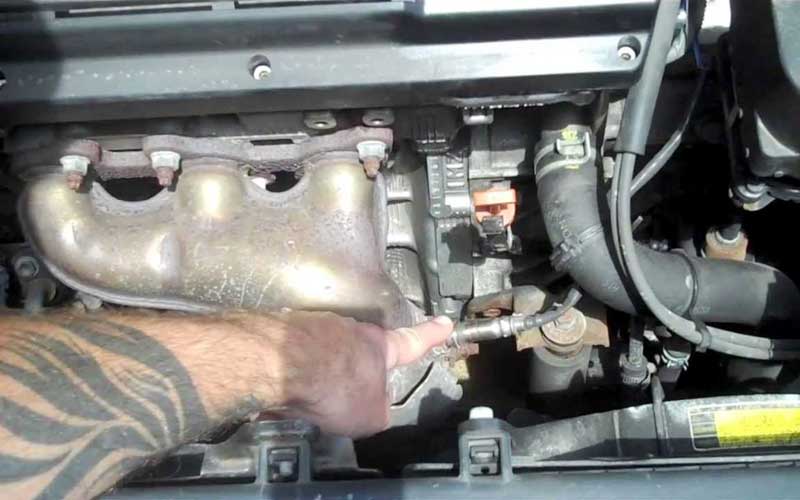
If one of these O2 sensors has stopped working, you need first to find which one it is, locate it and then get it replaced or fixed.
In this article, we will be discussing two different methods that are mostly used to locate O2 sensors.
How to locate an O2 sensor if it stops working?
O2 sensors are first divided into two categories; bank 1 and bank 2. Both these are further divided into two on the basis of sensor number, whether it’s 1 or 2.
Due to this, a lot of people have trouble locating which O2 sensor is bank 1 and which O2 sensor is bank 2 and in confusion, they sometimes even end up replacing the wrong sensors which cost them both money and time.
There are mainly two methods to locate O2 sensors.
- One is the manual method
- And the other is, by using an OBD2 scanner.
We will be clarifying each one in detail so that you have no trouble using either of the two methods to locate the right sensors successfully.
1: The manual method
We will explain in detail bank 1 and bank 2 sensors and also sensor 1 and sensor 2 so that from next time onward you are able to locate and then replace the right sensors.
Bank 1 and bank 2 Sensor
The cylinders in the engine are mostly divided into two parts. If the engine in your car is V-engine, then it will have one bank on each of the two sides of the engine.
You can’t simply tell on the basis of this, whether the driver’s side or the other side is the bank 1 or bank 2, as it’s not fixed and also because the driver’s side varies in some cars.
So how can you tell which side is Bank 1 and which side is Bank 2
Bank 1 VS Bank 2 Oxygen Sensor
The right way to tell which side is Bank 1 and which side is Bank 2 by using the following method:
Bank 1: It is the side which has the #1 cylinder. For instance, Cylinders 1 – 3 – 5 – 7
Bank 2: It is the side which has the #2 cylinder. For instance, Cylinders 2 – 4 – 6 – 8
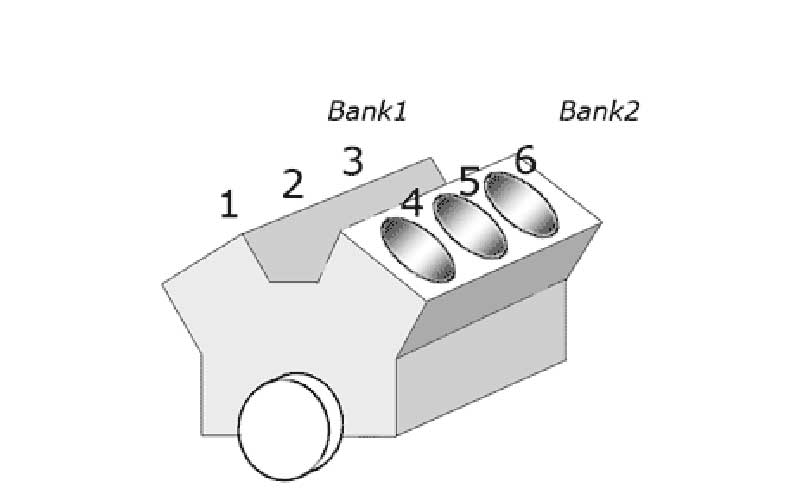
There are two types of Engines, inline engines and transverse engines (engines that are mounted in other directions). If you know which cylinder is #1, it wouldn’t matter anymore whether your engine is transverse or inline as Bank 1 will always be on the cylinder marked 1-3-5-7-9-11 and bank 2 will always be on the side of the cylinder marked 2-4-6-8-10-12.
Now the next problem that arises is how to be able to tell the number of a cylinder. In order to be able to do that, this is what you got to know first.
How to be able to find the cylinder numbers?
There are several ways of being able to find the cylinder’s numbers. Some of these different ways are mentioned below:
1) In some vehicles, you can find the cylinder’s number by checking the crankcase cover. The number will be stamped on the crankcase.
2) If you got ignition cables, you could also check them out. In some cases, they got the numbers written on them. However, it is preferable you don’t do that, as the cables have been replaced or moved several times to other cylinders. So they might not be in the right positions.
3) The safest way to check for the number is to either use the method mentioned in point 1 or to look at the order of the cylinders in the service manual or a repair manual. The dealer might have some information about that as well.
4) Another method is to search it on the internet with the help of your engine code and firing or cylinder order.
Once you’re done reading the cylinder number and finding the bank number using the cylinder number, you are now supposed to find the sensor number, whether it’s sensor 1 or sensor 2.
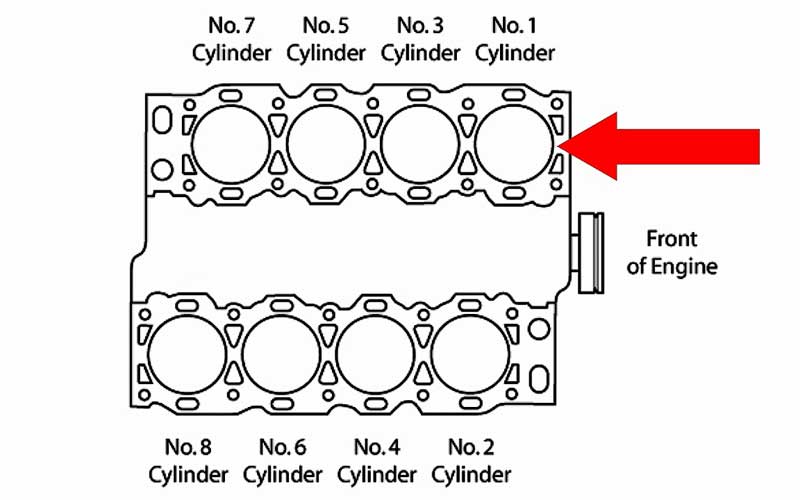
So What is Sensor 1 & 2, and what does it tell us?
The sensor number is supposed to tell us where the O2 sensor or the Exhaust temperature sensor is located or mounted on the exhaust system.
The 1st sensor is always located the closest to the engine, and the second is always located at the rear end of the exhaust system.
Generally, in the case of O2 sensors:
- Sensor 1 = located before the Catalytic Converter Front (Upstream O2 sensor)
- Sensor 2 = located after the Catalytic Converter Rear (Downstream O2 sensor)
In the case of more than 2 sensors, such as in diesel engines as they need a lot of exhaust temperature sensors, there might be sensor 1-2-3-4 etc. In such a case, sensor 1 is located nearest to the engine, and the last sensor is located at the rear end of the exhaust system.
Summary
To summarize it all, this is how you’ll locate the respective sensors by their cylinder number and their sensor number.
Bank 1 Sensor 1 = This O2 sensor is located right before the catalytic converter, on the side with the Cylinder #1 that is Bank 1.
Bank 1 Sensor 2 = This O2 sensor is located right after the catalytic converter, on the side with the Cylinder #1 that is Bank 1.
Bank 2 Sensor 1 = This O2 sensor is located right before the catalytic converter, on the side with the Cylinder #2 that is Bank 2.
Bank 2 Sensor 2 = This O2 sensor is located right after the catalytic converter, on the side with the Cylinder #2 that is Bank 2.
2: Finding the right sensor using an OBD2 scanner:
You can also find the right sensor using an OBD2 scanner. Using a scanner makes things really easy for you, so if you have a scanner at home, you can follow the following steps to find the sensor’s location:
- Firstly, you need to connect your OBD2 scanner.
- Now erase all the trouble codes.
- Once again make sure that all the trouble codes are erased.
- Unplug one of the O2 sensors. It doesn’t matter which one.
- Check the DTC code. It will be showing you the Bank number, whether it is bank 1 or if it is bank 2.
You can also use this method to solve any sort of misinformation in the DTC tool and this way you can be 100% sure that you have replaced the right sensor.
Why are oxygen sensors important, and what are the consequences of not replacing them in time?
O2 sensors are used by a car’s engine to balance the mixture of the oxygen with the gasoline to a constant value and then feed this constant composition mixture to the vehicle’s engine.
This is highly critical for maintaining good fuel economy and also low emissions in the car.
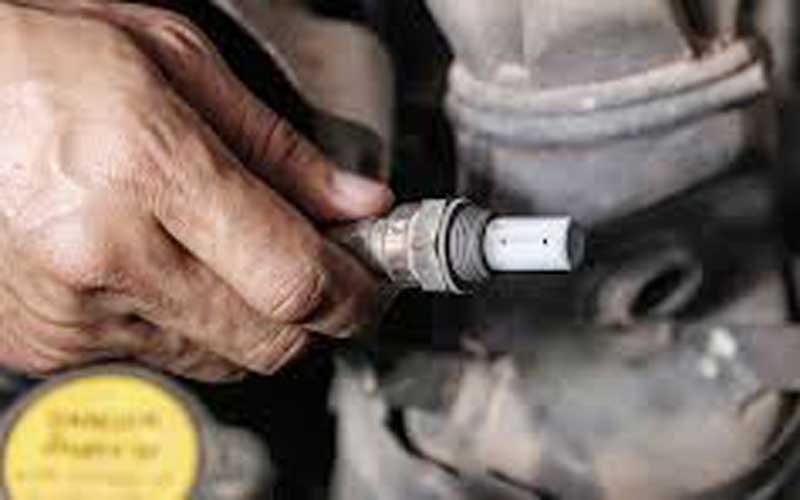
If an O2 sensor stops working, due to any reason such as contamination or if it’s worn out, the computer won’t be able to produce the right composition of the mixture of oxygen with gasoline.
This can cause problems like low emissions and bad fuel economy, as mentioned above. It might even result in the failing of the catalytic converter.
If the O2 sensor is unresponsive, then it needs to be replaced immediately
Keep in mind that the new replacement O2 sensors must also be of the same type as the original ones installed in the vehicle with the same number of wires. Otherwise, that too will cause you problems.
If even one of the O2 sensors, on your high-mileage vehicle, has come to the end of its span, the chances are that the other sensors might also be nearing the end of their lives and should be replaced as well at the same time in order to restore the performance.
Therefore, as you can see, it is highly important to get these sensors replaced before they become a big problem. You can identify the problem by keeping an eye out for indicators.
Some common indicators are:
- Check Engine Soon Light blinking or being constantly illuminated.
- Scanner
- Bad fuel economy of the vehicle
- High gas emissions from the car.
Final Thoughts
Faulty O2 sensors can cause you a lot of trouble, if not replaced in time. Therefore, as soon as you get an indication that the sensor might be faulty, locate it, get it checked and then replaced.
You can use either of the two methods and follow them step-wise to be able to locate the sensors.
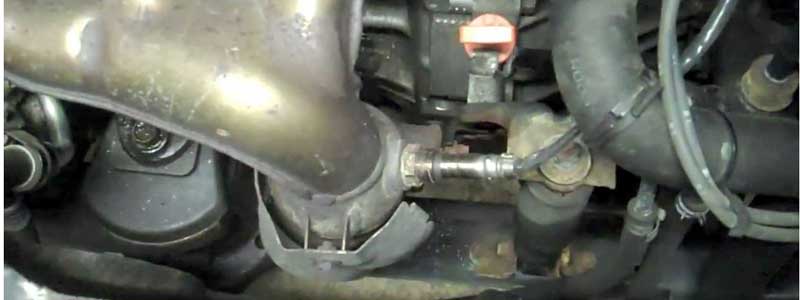

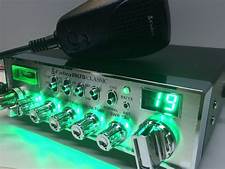



Post Comment